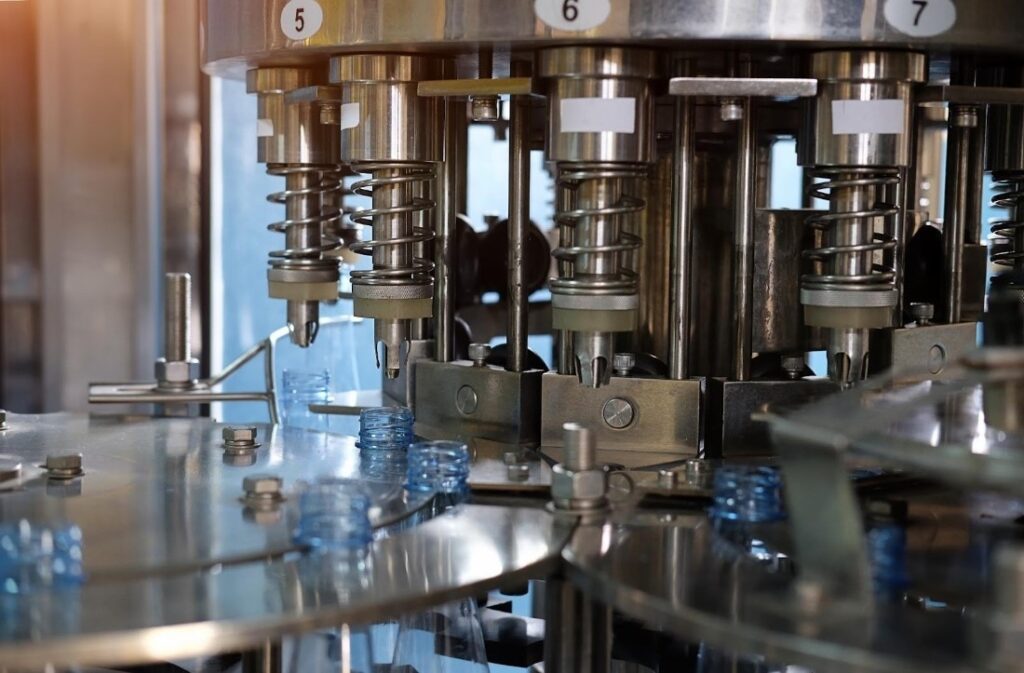Are Machine Shops Profitable? Unveiling the Value-Adding Potential
Blog details back to home Table of Contents Machine shops, which specialize in machining and fabrication, play a crucial role in various industries. They are responsible for manufacturing intricate components and parts that are essential for the functioning of machinery and equipment. But the question remains: are machine shops profitable? In this blog, we will explore the profitability of machine shops, provide statistics and insights, and discuss the value they add to their customers and the overall economy. Statistics on Machine Shop Profitability Machine shops can be highly profitable if managed efficiently and strategically. Here are some statistics that highlight the profitability potential: Value of the Industry: According to a report by IBISWorld, the machine shop industry in the United States alone generates over $39 billion in revenue annually, with a steady annual growth rate of 2.9% from 2016 to 2021. This significant value reflects the demand for machine shops’ services across various sectors. Profit Margins Profitability greatly depends on the efficiency of operations, skilled workforce, and effective cost management. On average, machine shops have a profit margin ranging from 8% to 12%, which can vary depending on factors such as the size of the shop, client base, and service offerings. Industry Outlook Demand for machine shop services is expected to grow steadily in the coming years. The global machine shop market is projected to reach a value of $225 billion by 2027, driven by technological advancements, automation, and the need for reliable manufacturing solutions. Value-Adding Aspects of Machine Shops Machine shops can add significant value to their customers and the overall economy. Here are some key value-adding aspects: Precision and Expertise: Machine shops specialize in precision machining, utilizing advanced equipment and skilled machinists to produce high-quality and accurate parts. Customers rely on machine shops to manufacture components that meet specific tolerances and specifications, ensuring the reliable functioning of their machinery and equipment. Customization and Versatility: Machine shops offer customization options, allowing customers to tailor their products to specific requirements. This flexibility enables industries to design and create unique parts that fit their machinery perfectly, enhancing performance and efficiency. Cost-Effective Solutions: Machine shops are often more cost-effective compared to in-house manufacturing departments. Outsourcing machining and fabrication needs to machine shops eliminates the need for expensive machinery, hiring specialized staff, and maintaining a large production facility. This cost savings can have a significant positive impact on a company’s bottom line. Efficiency and Time Savings: Machine shops are equipped with state-of-the-art machinery and experienced personnel, enabling them to complete complex projects efficiently and within tight deadlines. Outsourcing machining needs to machine shops allows companies to focus on their core competencies and reduce production lead times, ultimately boosting overall productivity. Technological Advancements: Machine shops keep up with technological advancements in the manufacturing industry. They invest in advanced tools, software, and automation to increase efficiency, improve precision, and reduce turnaround times. This continuous innovation ensures that their customers receive cutting-edge solutions that align with industry standards. Job Creation and Economic Impact: Machine shops contribute to the local economy by creating employment opportunities. Skilled machinists, engineers, and support staff are essential in running a successful machine shop. Additionally, machine shops often partner with local material suppliers, contributing to the growth of the manufacturing ecosystem in the region. We can say that Machine shops can indeed be profitable, thanks to their value-adding capabilities, expertise, and efficiency. The statistics and insights provided showcase the financial potential of the industry. By offering machining, customization, cost-effective solutions, time savings, technological advancements, and local job creation, machine shops not only benefit their customers but also make a significant contribution to the economy. As industries continue to rely on reliable and high-quality parts, the profitability of machine shops is likely to remain strong, carving a crucial niche in the manufacturing landscape. Development Industry Innovation manufacturing operations product technology Share Facebook-f Twitter Linkedin-in sing up our newsletter Sign up today for hints, tips and the latest Industry news, insights – plus exclusive special offers.
Are Machine Shops Profitable? Unveiling the Value-Adding Potential Read More »




